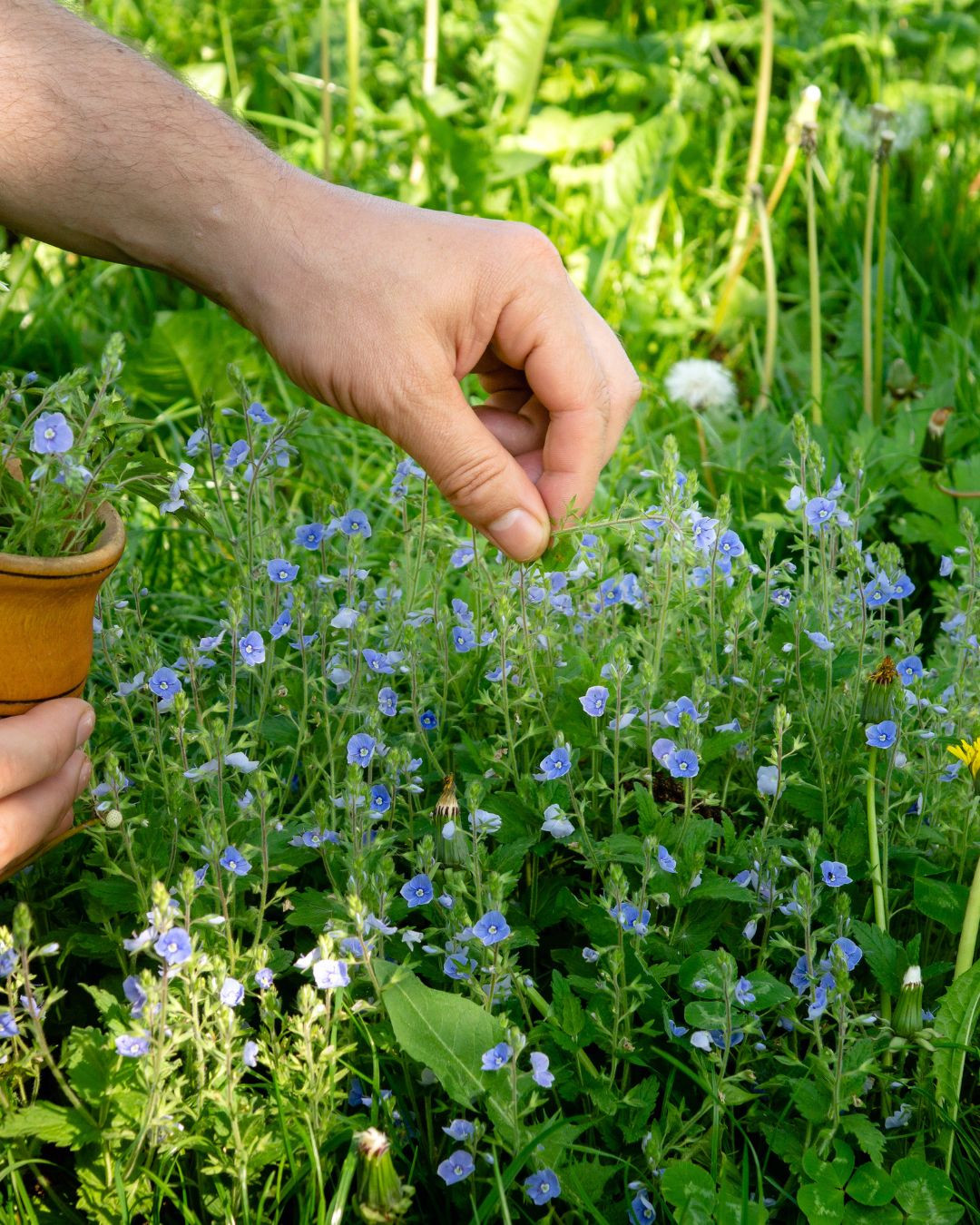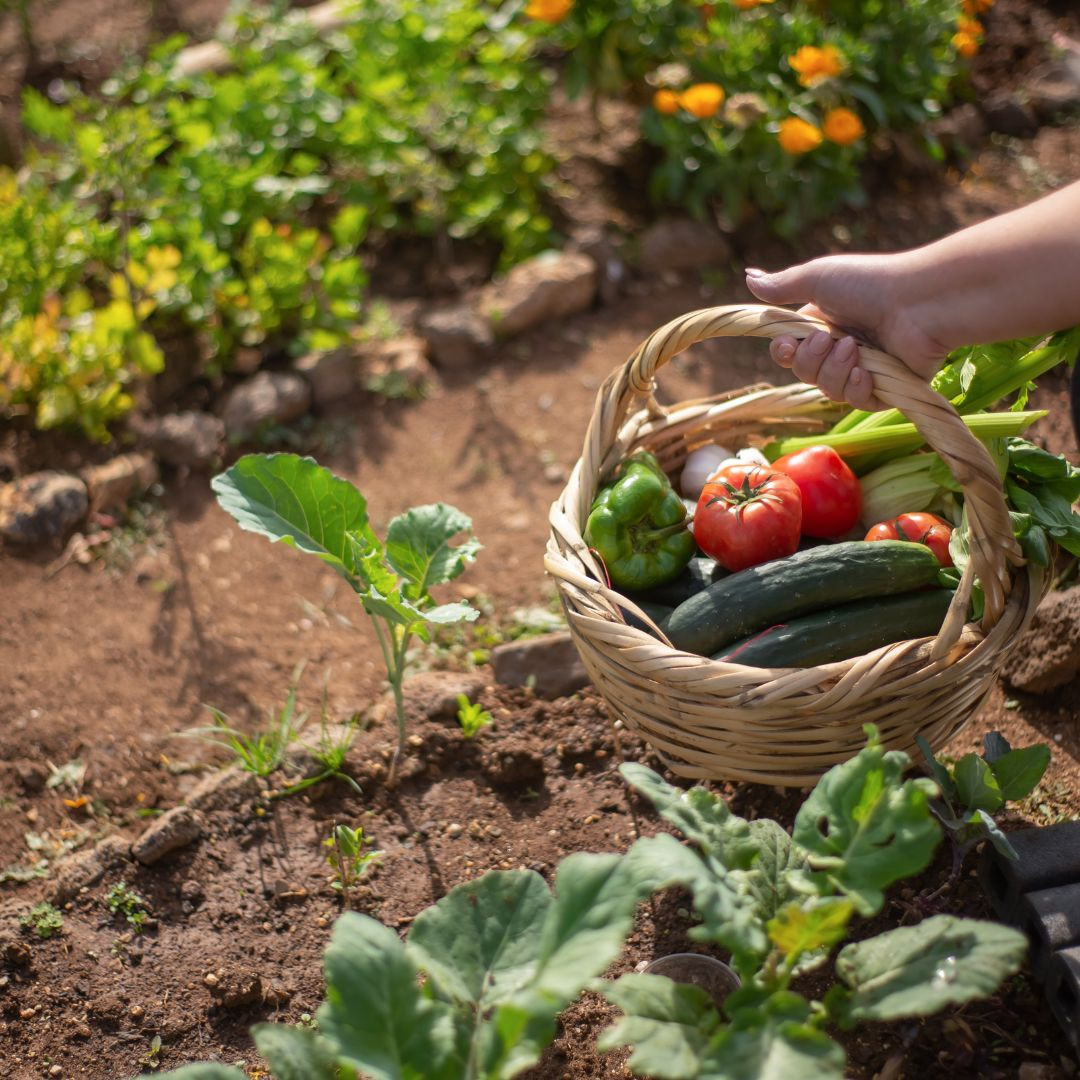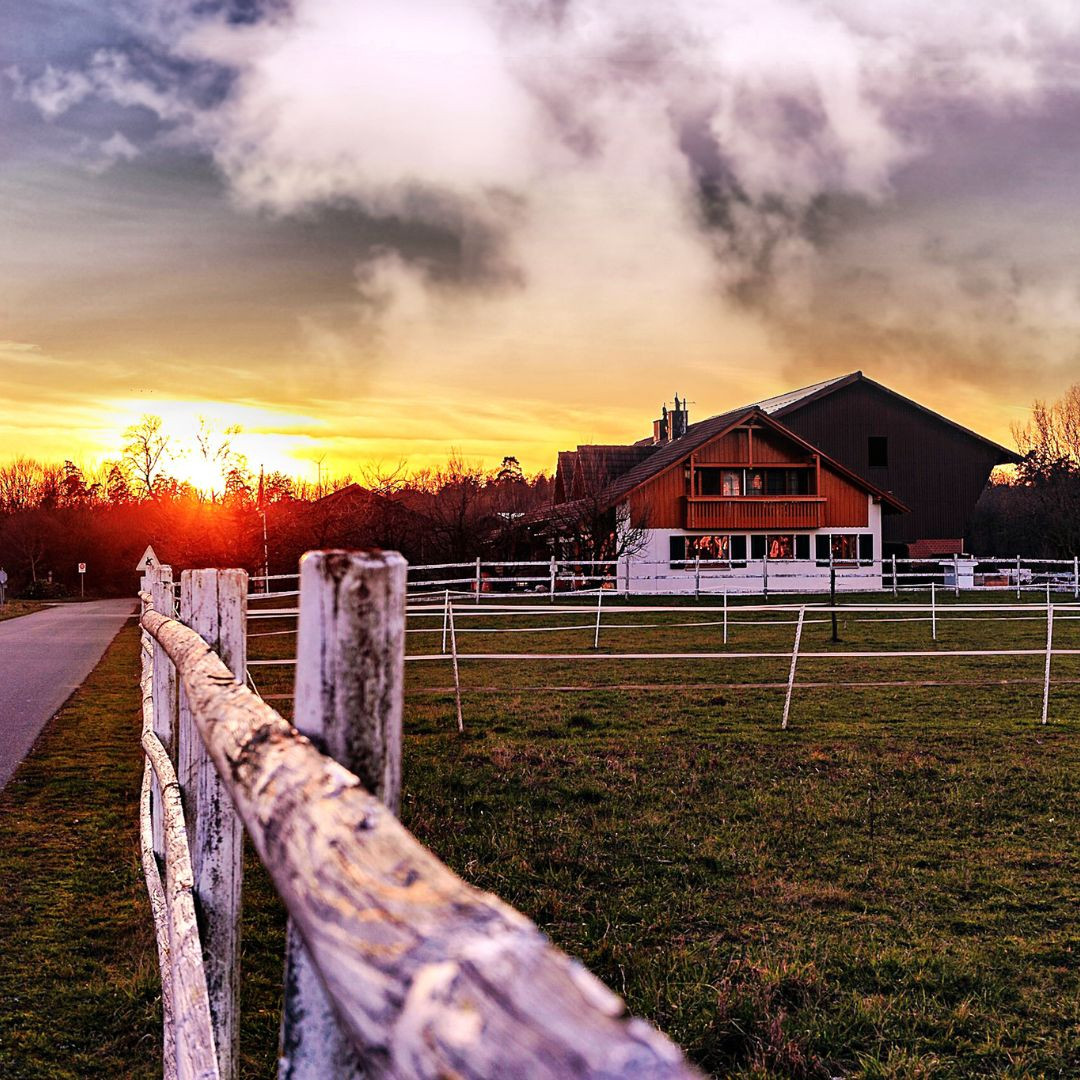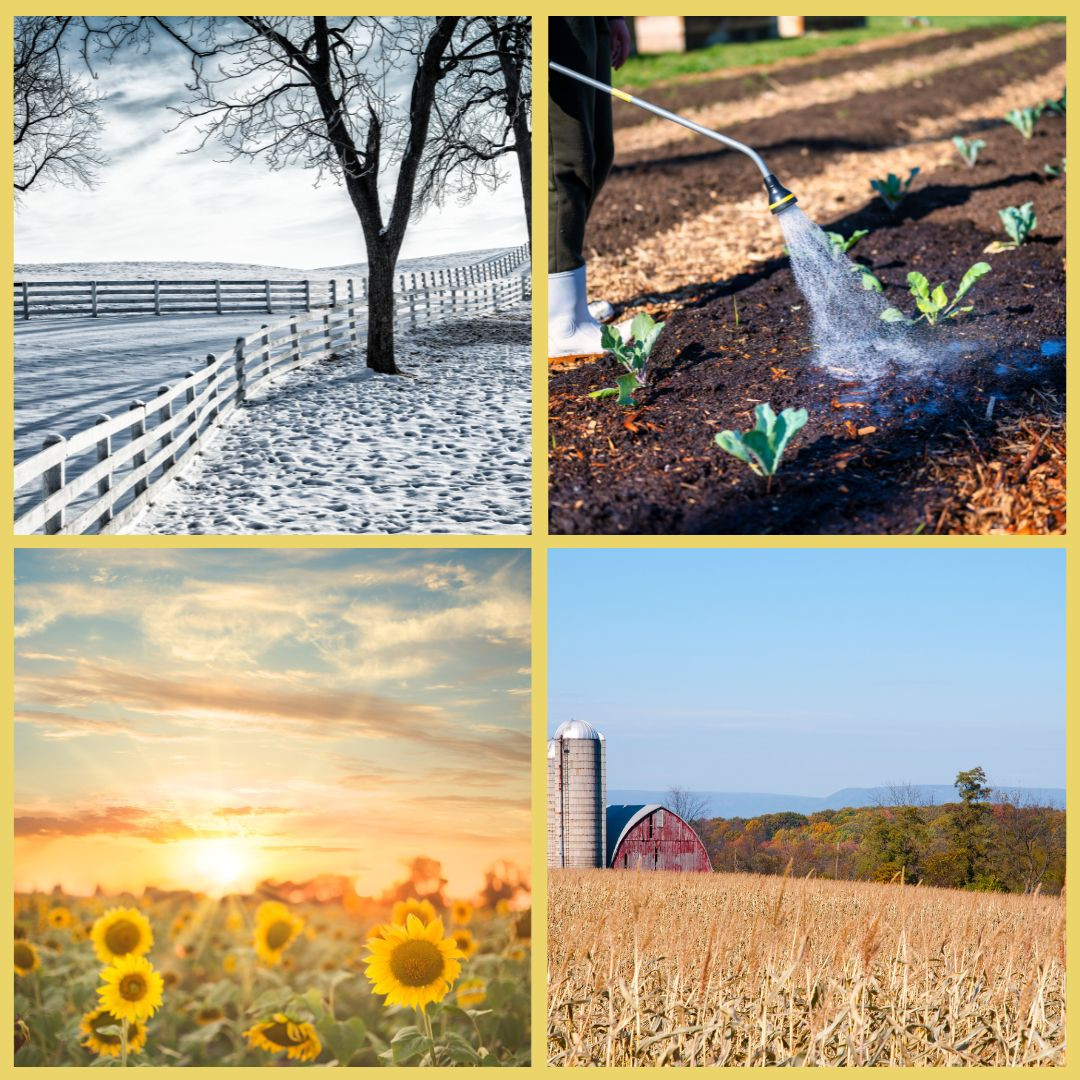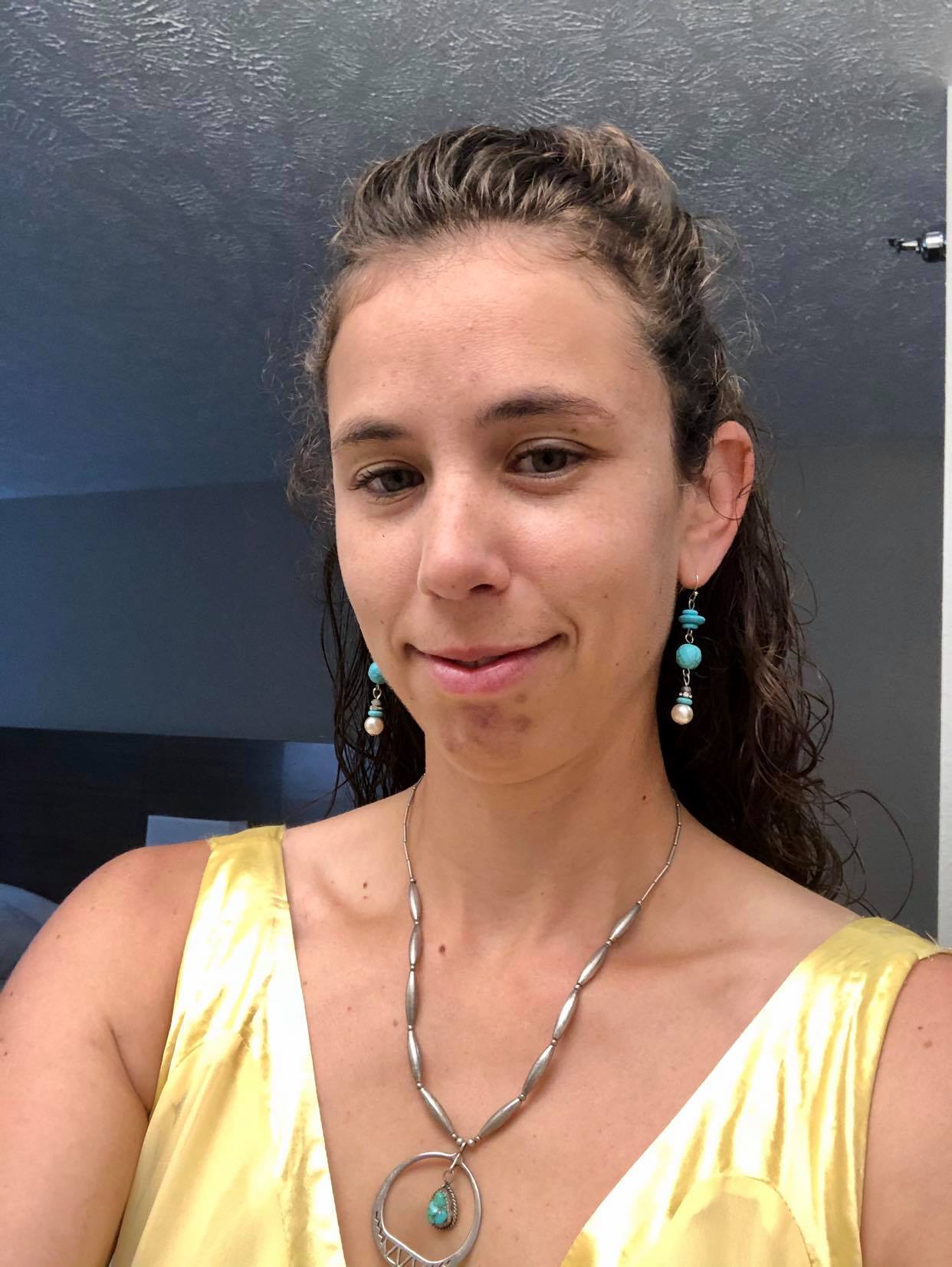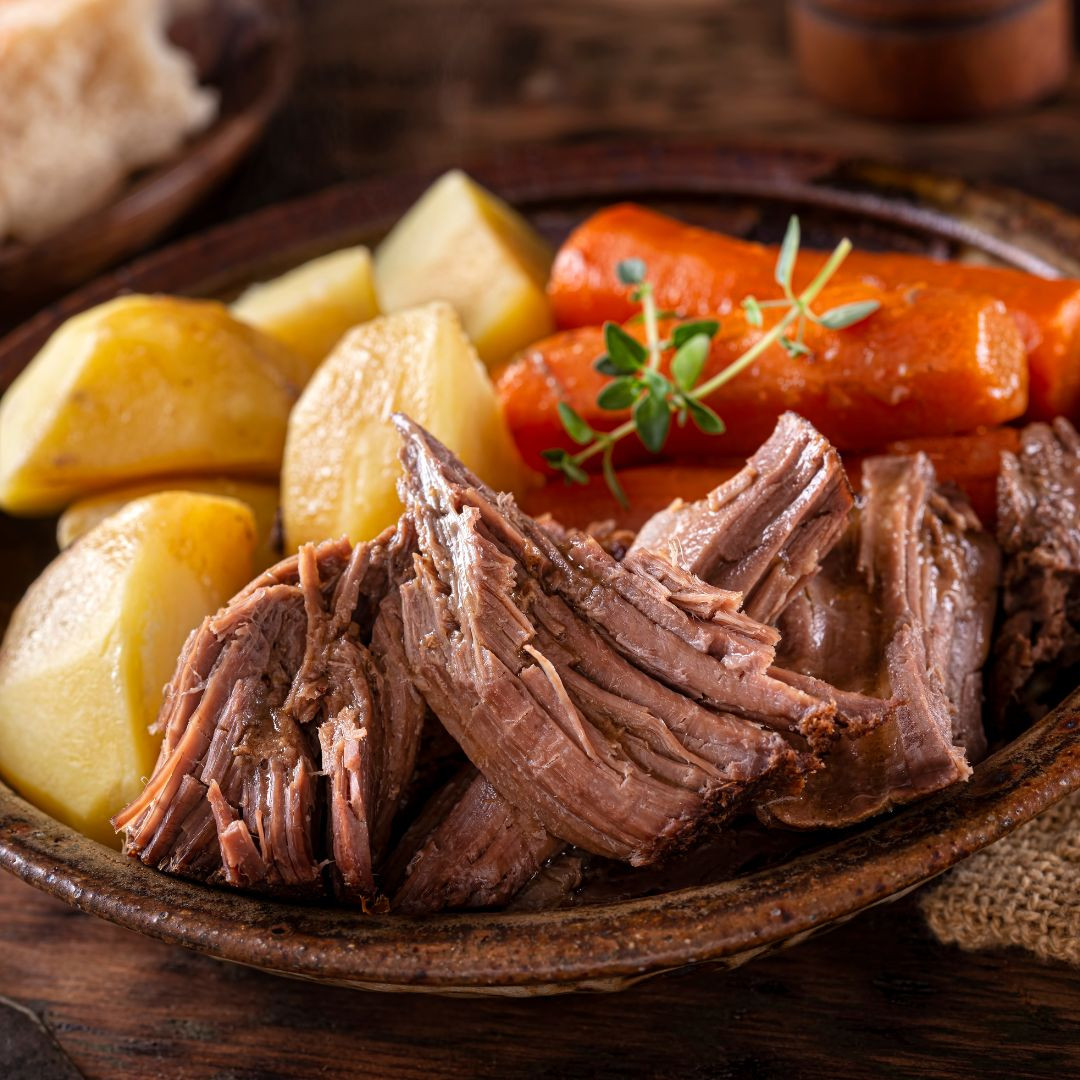
- 3-4 pound beef roast: You can use chuck, tip, sirloin, arm, or rump. You can buy from my favorite brand here.
- ¼ cup coffee: Yes, just a bit from your morning pot!
- ½ teaspoon onion powder
- ½ teaspoon basil
- ½ teaspoon oregano
- ¼ teaspoon rosemary
- Place your roast into the slow cooker. (I often do this straight from the freezer!)
- Pour the coffee over the roast.
- Sprinkle the spices evenly on top.
- Set your slow cooker to low and cook for 8-10 hours.
- Just before serving, shred or slice the meat—it'll be so tender it practically falls apart.
Join the FREE Community

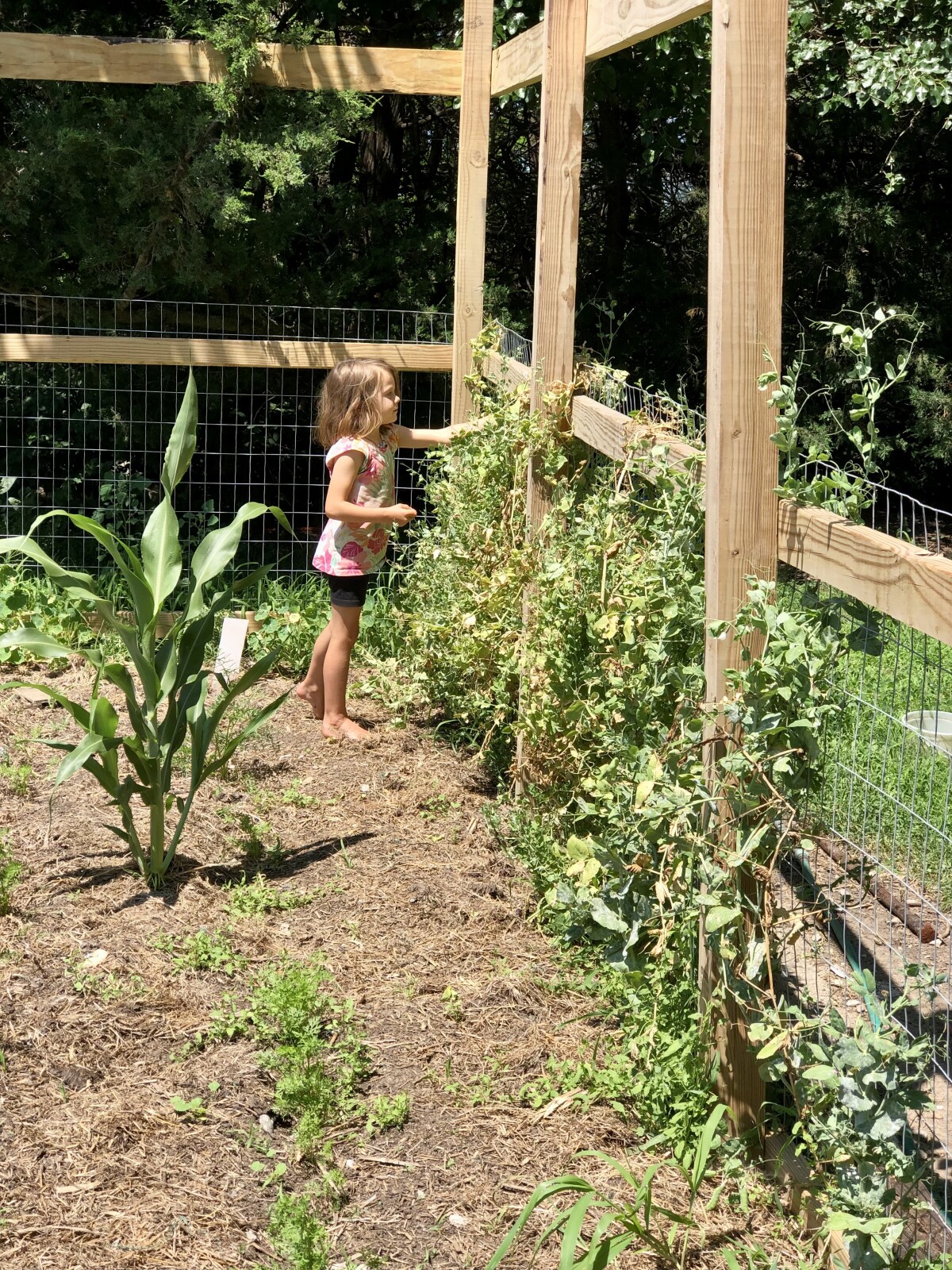
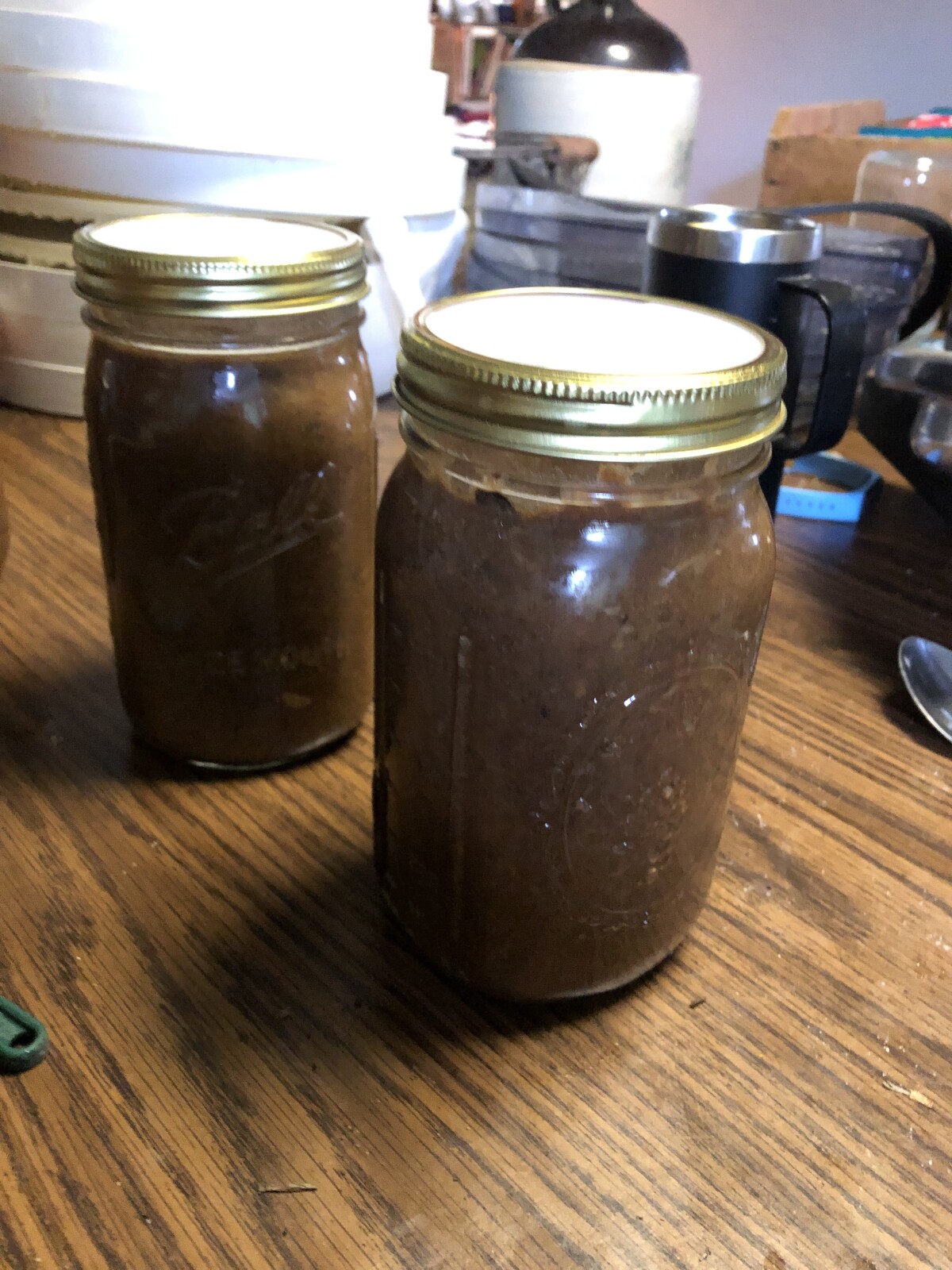
Join the FREE Community

Join the FREE Community
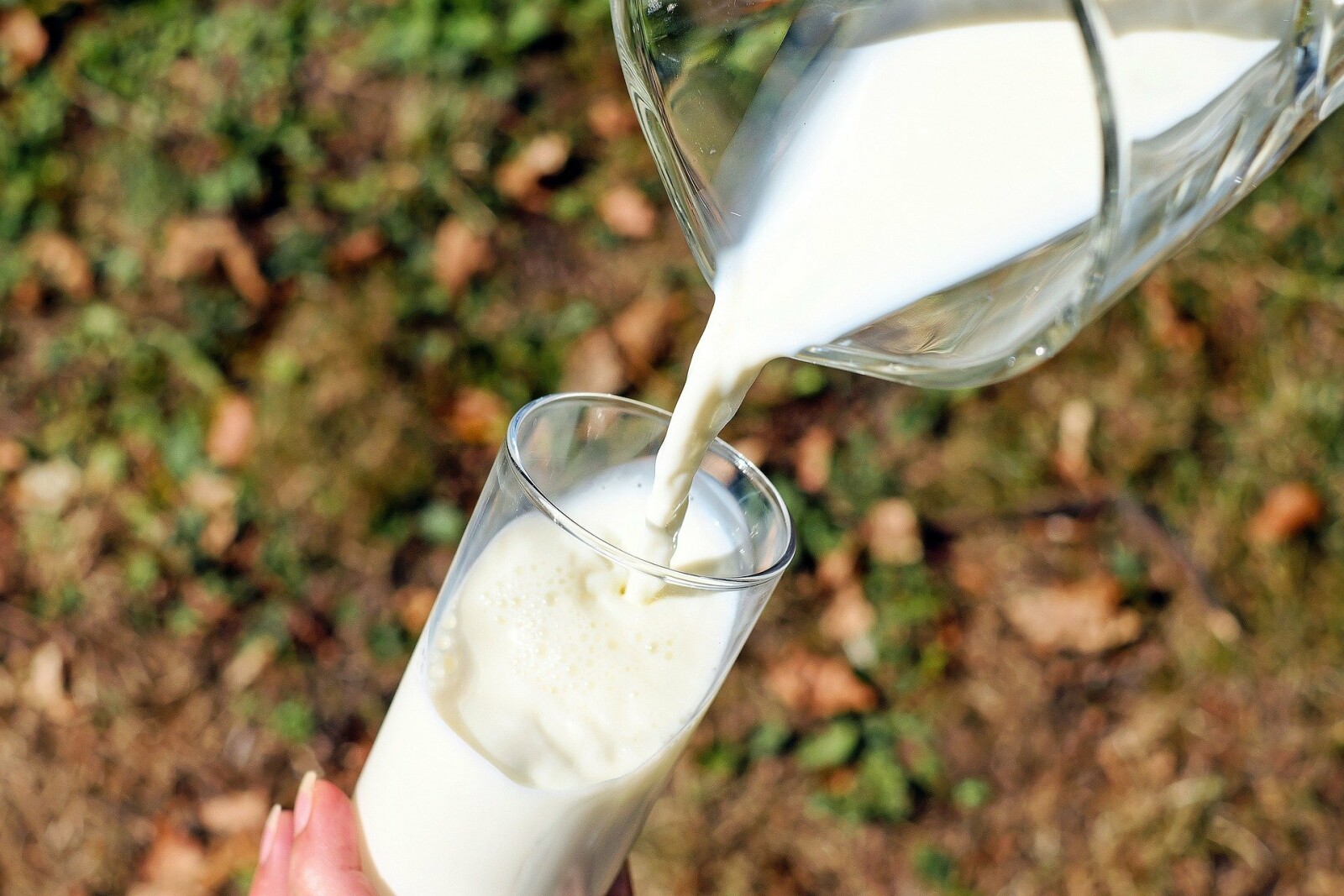
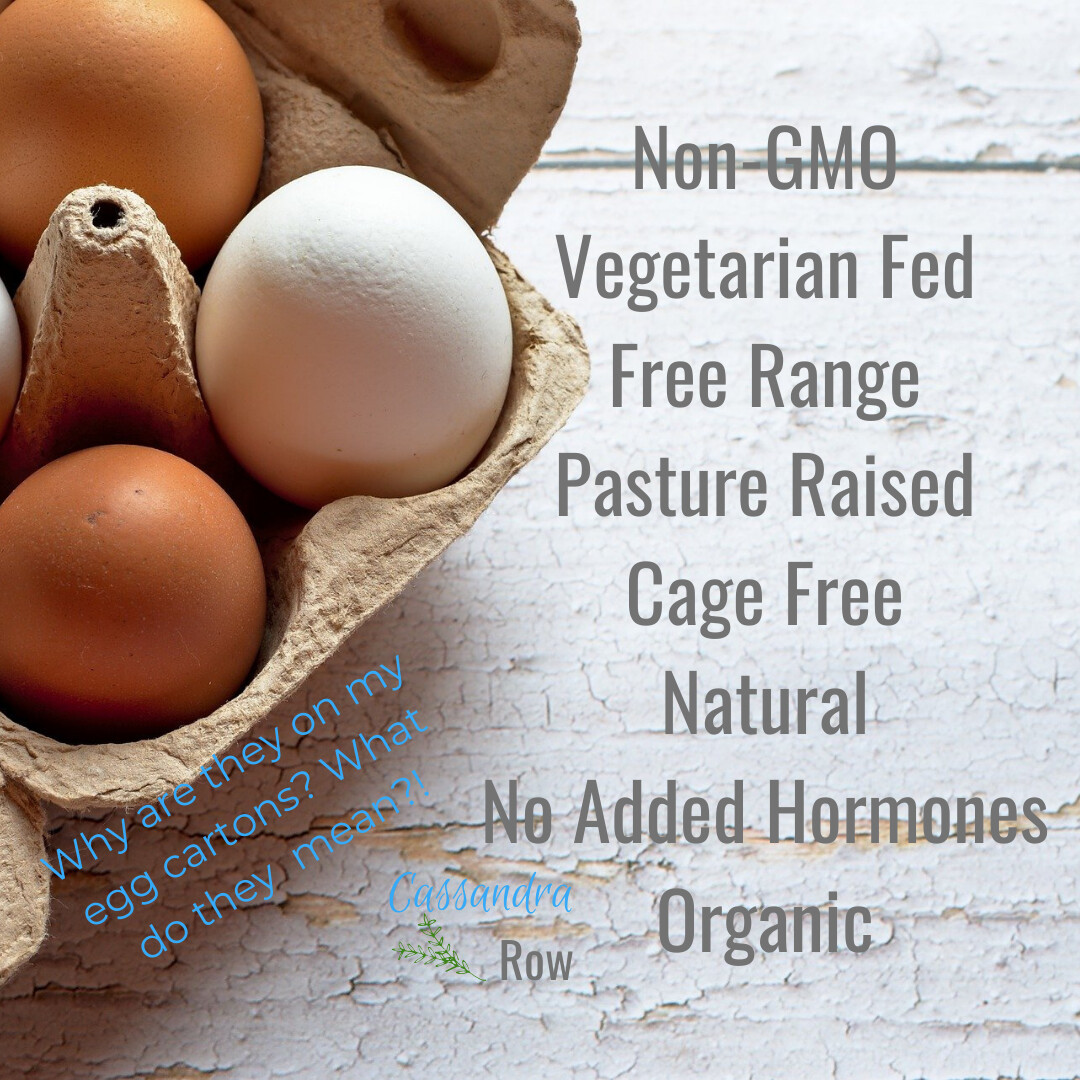

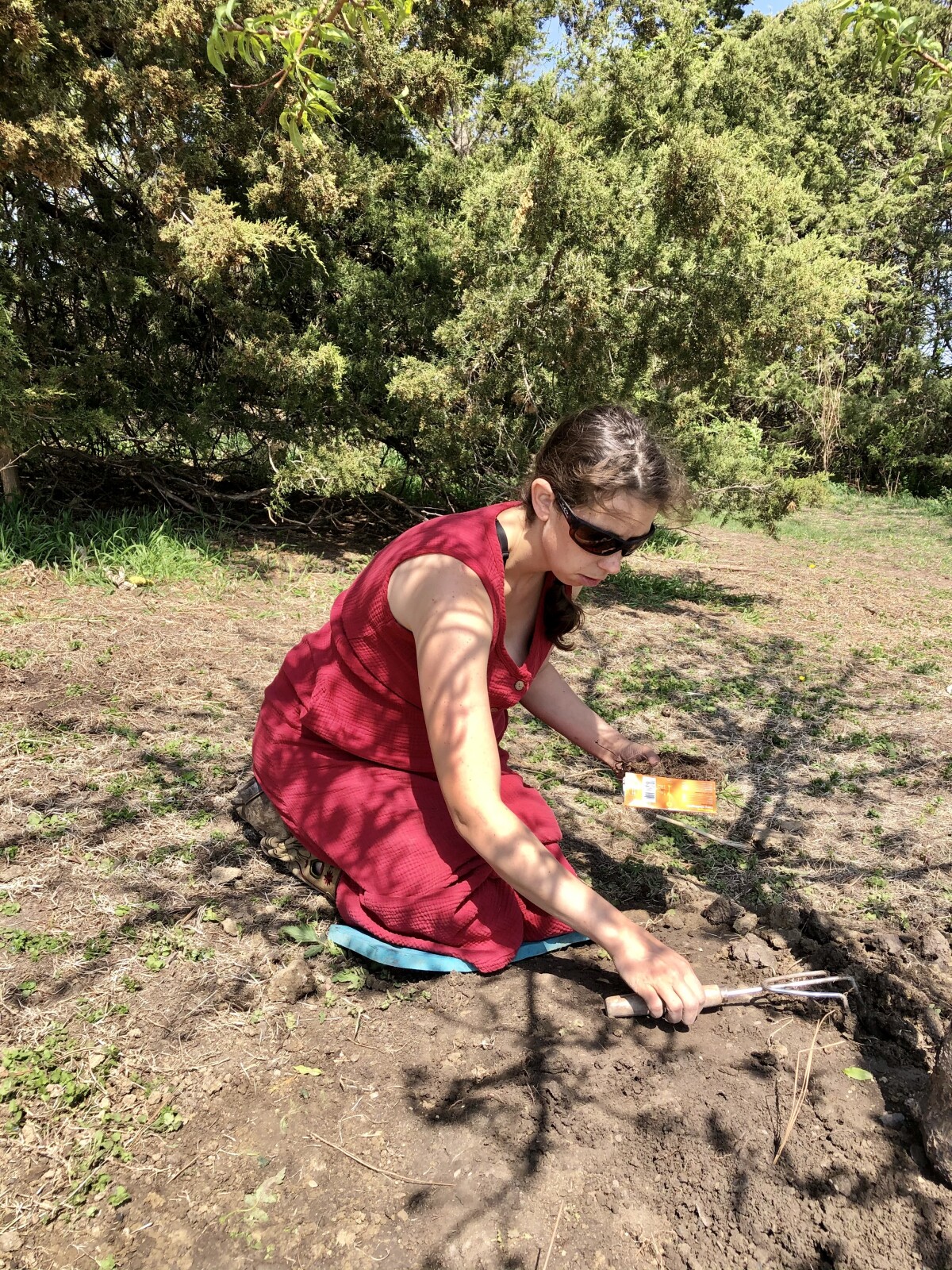
This post may contain affiliate links, which means that I may receive a commission if you make a purchase using these links, with NO additional cost to you.
Gardening has many benefits. You can grow your own food, have control over how it is grown, receive excellent nutrition, and experience the stress relief a garden can give you. Being in nature, digging in the dirt, breathing in the fresh smells, gives your body and mind a chance to unwind and ground.
Wait what is this thing about grounding? It is electrically reconnecting you to the earth. Our bodies tend to build up positive charge, especially under stress. The surface of the earth is negatively charged. By something as simple as walking barefoot, or digging in the dirt, you allow your body the opportunity to return to neutral charge by letting go of the positive electrical charge. Gardening is an excellent way to ground, while still accomplishing something for the type A personality.
Gardening is also a whole-body work out. Lifting baskets of produce, pulling weeds, digging holes, reaching for produce, pushing a wheelbarrow, are all activities that engage muscles throughout the body to accomplish the task. When you add general yard work, like pruning, or tree trimming, you have more specific exercises that work more of the upper body. Exercise releases endorphins that make us feel good. So, gardening can give you an exercise induced endorphin rush.
The act of growing something from plant to maturing fruit, gives you a sense of accomplishment. Even growing something simple like a pot of herbs, which you can harvest quickly and continually, can produce this feeling. This has a positive affect on your mental health, by giving you a reward.
So, gardening can improve your health emotionally by allowing you to ground yourself, physically through exercise, and mentally through giving you the sense of accomplishment. That is not even mentioning all the nutritional benefits from having truly fresh food.
Join the FREE Community

This post may contain affiliate links, which means that I may receive a commission if you make a purchase using these links, with NO additional cost to you.
Everyone pictures that perfect garden, sunny, vibrant plants, time at ease. Picking the best spot to plant your garden can take some time and consideration. You really don’t want to have to move it later if you find to spot doesn’t work, especially if you have a fence around it. Below I’ll discuses the most important things to consider when picking your garden spot.
The biggest thing to consider is hours of light. Most garden vegetables require at least 8 hours of sunlight. This means planting your garden right under the shade tree may not be the best idea. Can you grow some things there? Yes! Some plants love shade. Some cool season plants can do well on the fringe of the shade tree to help break the heat of the day. Most gardens are in a sunny spot, where little shade reaches.
Another note on sun light to consider. The sun warms the soil temperature. If part of the garden is shaded more than the other, the shaded part will be slightly behind. You can use this to your advantage to either grow cooler season plants there, or extend your harvest, so not all the produce is ready at the same time.
Another consideration is soil type. Different plants prefer different soils. Most of the time a heavy clay is not beneficial to vegetables, and neither is sand. If you have an area that has rich nutritious soil, your garden will do well. Looks can tell you a lot, but the gold standard is a soil test to tell you exactly the mineral levels in your soil.
Shelter can be a good thing for a garden, if it is in the right place. Blocking the wind can keep young tender plants growing. It can also act as an insulator and buffer the slight frost. You don’t want this shelter on the south side though, as it will block most of your sun light. A nice north tree line can server very well.
Water access is huge for gardens. Most vegetable gardens require quite a bit of water, depending on where you live. Having a hydrant close, or easy to run a hose to is critical to keeping your garden watered.
The biggest tip no matter the garden you choose, is to keep it in your line of sight from your house, or wherever you spend a lot of your time. By seeing the garden frequently, it keeps it in the front of your mind, to tend to. Weed, water, and harvest. Gardens placed in the back where there is a lot of room, tend to be forgotten and neglected.
What is the biggest things to consider in planning a garden plot? Amount of sun light, soil type, shelter, water access, and line of sight from the house.
Join the FREE Community

